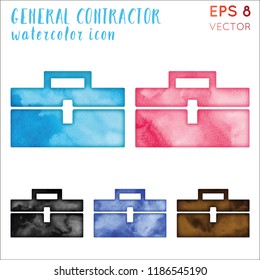Discover Just How Seasonal Impacts Can Affect The Performance Of Commercial Exterior Painting And Find Out One Of The Most Beneficial Times To Make Sure Sturdy Results For Your Project
Discover Just How Seasonal Impacts Can Affect The Performance Of Commercial Exterior Painting And Find Out One Of The Most Beneficial Times To Make Sure Sturdy Results For Your Project
Blog Article
Composed By-Burnham Skafte
When you're planning a business exterior painting project, seasonal aspects can make or break your results. You'll want to take into consideration exactly how temperature and moisture effect paint application and drying times. Choosing the appropriate period can ensure your paint adheres properly and lasts much longer. But which seasons are absolutely the best for this type of job? Allow's explore the crucial elements that can impact your task's success.
The Influence of Temperature Level on Paint Application
When you're planning a commercial exterior paint project, the temperature can significantly impact how well the paint sticks and dries.
Preferably, you wish to repaint when temperatures vary between 50 ° F and 85 ° F. If it's too chilly, the paint may not heal effectively, causing concerns like peeling or breaking.
On the flip side, if it's too warm, the paint can dry too promptly, stopping correct attachment and leading to an irregular surface.
You must additionally think about the time of day; early morning or late afternoon provides cooler temperature levels, which can be much more favorable.
Constantly examine the producer's referrals for the particular paint you're using, as they typically give advice on the suitable temperature array for optimum outcomes.
Humidity and Its Effect on Drying Times
Temperature isn't the only ecological aspect that affects your industrial outside paint task; moisture plays a considerable role as well. High moisture levels can slow down drying times considerably, affecting the total top quality of your paint work.
When the air is filled with wetness, the paint takes longer to treat, which can result in concerns like poor attachment and a higher risk of mold development. If you're painting on an especially humid day, be planned for prolonged wait times in between coats.
It's critical to keep track of regional weather and strategy appropriately. Preferably, aim for humidity levels between 40% and 70% for ideal drying.
Keeping these consider mind guarantees your task stays on track and delivers a long-term finish.
Best Seasons for Commercial Outside Painting Projects
What's the best time of year for your commercial outside paint projects?
Springtime and early fall are generally your best options. During these seasons, temperature levels are light, and moisture degrees are frequently lower, developing ideal problems for paint application and drying out.
visit the up coming webpage , which can trigger paint to completely dry too quickly, causing bad bond and surface. In painting contractor minneapolis , winter months's cool temperatures can impede proper drying and curing, taking the chance of the longevity of your paint task.
Aim for days with temperatures between 50 ° F and 85 ° F for optimal results. Bear in mind to inspect the regional weather report for rainfall, as damp problems can destroy your project.
Planning around these factors ensures your painting job runs efficiently and lasts longer.
Verdict
Finally, preparing your business exterior painting projects around seasonal considerations can make a substantial distinction in the result. By organizing work throughout the excellent temperature levels and moisture degrees, you'll ensure much better bond and drying out times. Bear in mind to watch on local weather report and pick the right time of year-- springtime and very early loss are your best choices. Taking these steps will help you accomplish a durable and specialist coating that lasts.
